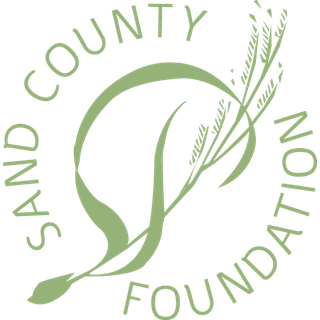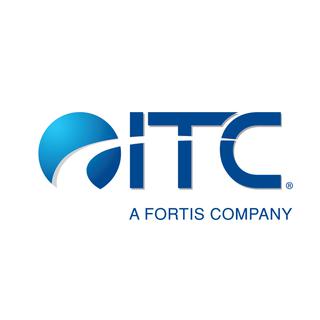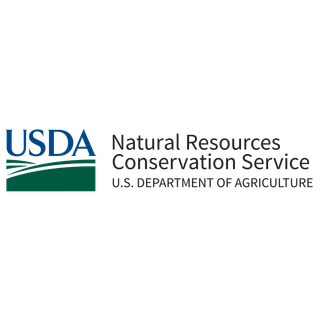Watch Lazy KT Ranch's inspiring story
Lazy KT Ranch’s story is one of resilience. A mother and daughter’s land ethic has revived the native grasslands of a ranch located a few miles east of the Dust Bowl’s epicenter.
As a child, Rose Kline Blunk took shelter at a neighbor’s home on Black Sunday. The bank took her family’s cattle as they struggled through the Great Depression. During a severe drought during the 1950s, she vividly remembers the sky turning gray and the wind feeling like a sandblaster. Since then, the importance of caring for the land has never left her.
Rose’s daughter, Katie Blunk, grew up on the Blunk family ranch. Her time with horses, cattle, and dogs influenced her decision to become a veterinarian. When Katie’s father died in 1995, Rose inherited what would later become Lazy KT Ranch.
Drought, cedar trees and over grazing had ravaged the ranch’s landscape. Although Rose was overwhelmed by its decline, she shouldered the task of preserving the land for the next generation. She cut cedar trees and brought prescribed fire management to the ranch with the financial and technical assistance of the local USDA Natural Resources Conservation Service office.
In 2012, after retiring from her veterinary medicine career in Nevada, Katie came home to her ranching roots with her husband Michael Horntvedt. She embarked on her life’s next journey, an immersion into conservation and cattle ranching. A decade later, the Lazy KT Ranch is thriving from an ecological and business perspective.
For Katie and Michael, good land stewardship practices go hand in hand with good stockmanship practices. Whether selling quality Black Angus cattle as seed stock to other ranchers, or selling beef directly to consumers under their “Jackass Ridge Beef” label, they provide their customers with assurances that their cattle have been raised in a low stress environment.
To reduce erosion and protect water quality and quantity, riparian areas have been fenced off and ponds have been built. Pipelines, water storage, and solar powered watering systems have been installed.
Grazing cattle helps meet their rangeland restoration goals. A cycle of prescribed fire, rotational grazing and a period of rest mimics the days when bison roamed prairies that were reinvigorated by wildfires.
Katie says the best and most economical conservation tool for their ranch is the strategic application of prescribed fire and grazing. This combination has restored the prairie ecosystem while producing quality forage for cattle, and wildlife habitat. She credits the Cimarron Range Preservation Association with encouraging this approach. Katie serves as president of the association which brings neighbors together with neighbors to help with beneficial prescribed fires.
Serving in that role and as a local conservation district board member are ways she helps educate and inspire others to address conservation issues. Katie encourages landowners to adopt pollinator-friendly stewardship practices through her involvement with the Okies for Monarchs campaign.
Wildflowers and native grasses have been seeded across the ranch’s 1,525 acres to provide habitat for native pollinators, Monarch butterflies and lesser prairie chickens.
The reemergence of the prairie, wildlife and cattle to the Lazy KT Ranch are all testaments to the landscape’s recovery, regenerative ranching practices, and the land ethic of its stewards.








